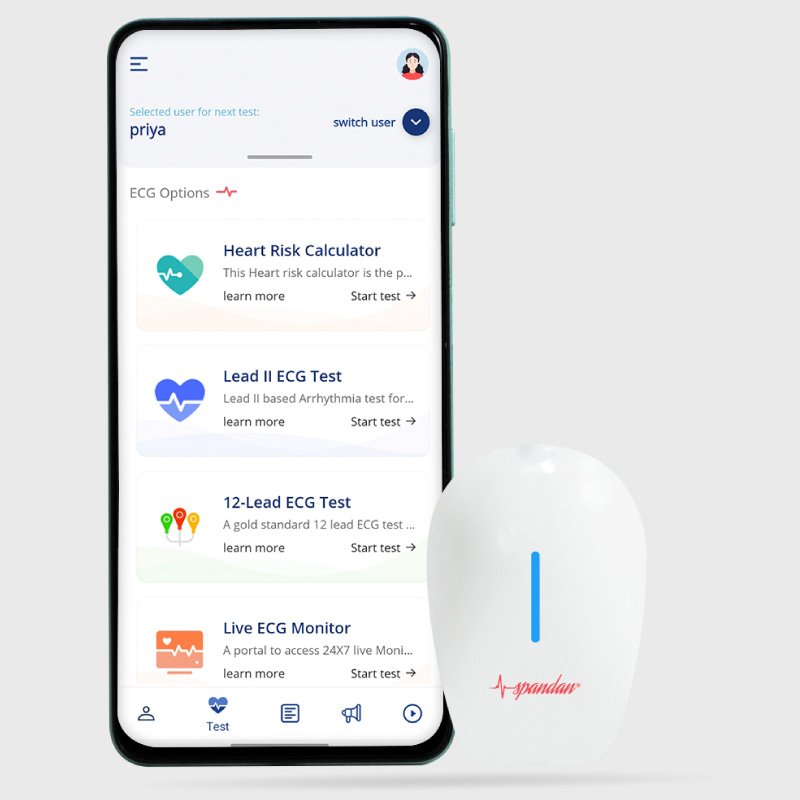
Author:- Mr. Ritesh Sharma
As the name suggests, valvular heart diseases are the ones that affect the valves of the heart. The valves of the heart help in the prevention of the backflow of blood to the heart within the atria and the ventricles. Understanding the pathophysiology of valvular heart disease is important for adopting the correct treatment strategies for these diseases. Valvular heart disease (VHD) encompasses a spectrum of conditions affecting the valves of the heart, compromising its ability to function efficiently. If you understand the pathophysiology of valvular heart disease then it will benefit the patients and clinicians alike.
In studying the pathophysiology of valvular heart disease, we have to discuss the mechanisms, risk factors, and consequences of valvular heart disease. Learning this pathophysiology is paramount in the realm of cardiac care. Therefore, through this blog, we will examine it in all of its intricacies and share some worthy insights with you. So, get educated about the pathophysiology of valvular heart disease by going through this blog in its entirety.
Anatomy of Heart Valves
In the process of understanding the pathophysiology of heart valves, we have to first learn about their anatomy. The heart consists of four valves: the mitral, tricuspid, aortic, and pulmonary valves. All these valves have a singular function, i.e. maintaining a unidirectional flow of blood through all four chambers of the heart, i.e. two atria and two ventricles. Each valve comprises leaflets or cusps that open and close synchronously with cardiac contractions, ensuring efficient circulation.
Pathophysiology of Valvular Heart Disease
To examine the pathophysiology of valvular heart disease, let us first understand its classification. The valvular heart disease is subdivided into two broad categories- stenosis and regurgitation. Stenosis refers to the narrowing or obstruction of a heart valve, impeding the flow of blood. Regurgitation, on the other hand, involves the leakage or backflow of blood due to incomplete valve closure. Let’s discuss both these types in a detailed manner below:
- Stenosis: Stenotic valves exhibit reduced opening orifice, leading to increased resistance to blood flow. This can result from various mechanisms, including calcification, congenital malformations, or inflammatory processes such as rheumatic fever. As stenosis progresses, the heart must work harder to overcome the obstruction, ultimately leading to hypertrophy and impaired cardiac function.
- Regurgitation: Valvular regurgitation occurs when the valve fails to close completely, allowing blood to flow backward into the preceding chamber during systole. This can be caused by structural abnormalities, such as valve prolapse or rupture, as well as dilation of the heart chambers. Chronic regurgitation imposes volume overload on the heart, leading to chamber dilation, eccentric hypertrophy, and ultimately, heart failure.
Etiology and Risk Factors
The development of valvular heart disease occurs due to several risk factors. These risk factors range from age to calcific degeneration. More about these risk factors in a more refined manner is given below:
- Age: People who are old are more prone to degenerative changes, increasing their risks of valvular heart disease.
- Rheumatic Fever: A systemic inflammatory condition resulting from untreated streptococcal infections, rheumatic fever can cause significant damage to heart valves, particularly the mitral valve.
- Congenital Abnormalities: Malformations present at birth can affect the structure and function of heart valves.
- Infective Endocarditis: Bacterial or fungal infections of the endocardium can lead to valvular damage and dysfunction.
- Calcific Degeneration: Accumulation of calcium deposits on the valve leaflets, often associated with atherosclerosis and aging, contributes to valve stenosis.
Clinical Manifestations
The valvular heart disease can manifest clinically in several ways. However, their signs and symptoms highly depend on the severity of the disease. Let’s check out the clinical manifestations of these diseases below:
- Dyspnea: If you feel shortness of breath, especially while exerting then it is a big sign of valvular heart disease.
- Fatigue: Since cardiac output is reduced in valvular heart disease, you tend to experience fatigue if you are affected by it.
- Palpitations: Due to reduced cardiac output, you tend to experience heart palpitations and cardiac arrhythmia of different arrhythmia classifications when being affected by valvular heart disease.
- Syncope: Episodes of fainting may occur due to reduced cerebral perfusion secondary to decreased cardiac output.
Diagnostic Evaluation
The diagnosis of valvular heart disease is done through a series of tests and screenings. It involves a combination of clinical assessment, imaging studies, and cardiac catheterization.
- Physical Examination: The several heart sounds during physical examination can reveal murmurs that may indicate valvular heart disease.
- Echocardiography: Transthoracic or transesophageal echocardiography provides detailed images of the heart valves, facilitating assessment of structure and function.
- Cardiac Catheterization: Invasive procedures such as angiography or transvalvular pressure measurements may be necessary to assess the severity of VHD and plan appropriate management.
Management Strategies
The management strategies for valvular heart disease involve taking medications and making some alterations in your daily lifestyle. Furthermore, various other techniques are also used to manage this disease.
- Medications: Pharmacotherapy focuses on symptom management, blood pressure control, and prevention of complications such as thromboembolism.
- Valve Repair or Replacement: Surgical intervention may be necessary to repair or replace diseased heart valves, restoring normal function and relieving symptoms.
- Transcatheter Interventions: Minimally invasive techniques such as transcatheter aortic valve replacement (TAVR) offer alternatives to traditional open-heart surgery for select patients.
- Lifestyle Modifications: Adopting a heart-healthy lifestyle, including regular exercise, smoking cessation, and a balanced healthy diet, can help manage risk factors and improve outcomes in valvular heart disease patients.
In conclusion, understanding the pathophysiology of valvular heart disease is paramount. It helps the clinicians and the patients learn the risk factors, clinical manifestations, diagnostic evaluation, and more about heart disease. If you are affected by a valvular heart disease of any kind, then you must identify the symptoms and act promptly to consult a healthcare professional.




2 Responses
Injectable Steroids DIANABOL buy online. https://injectable-steroids-dianabol-buy-online.webflow.io
Punter Guide escort guide offers sex clubs. https://manueljwjv13691.ampedpages.com/once-you-hire-dubai-escort-for-bbw-big-booty-blonde-independent-black-latin-lesbian-or-busty-escorts-54387800